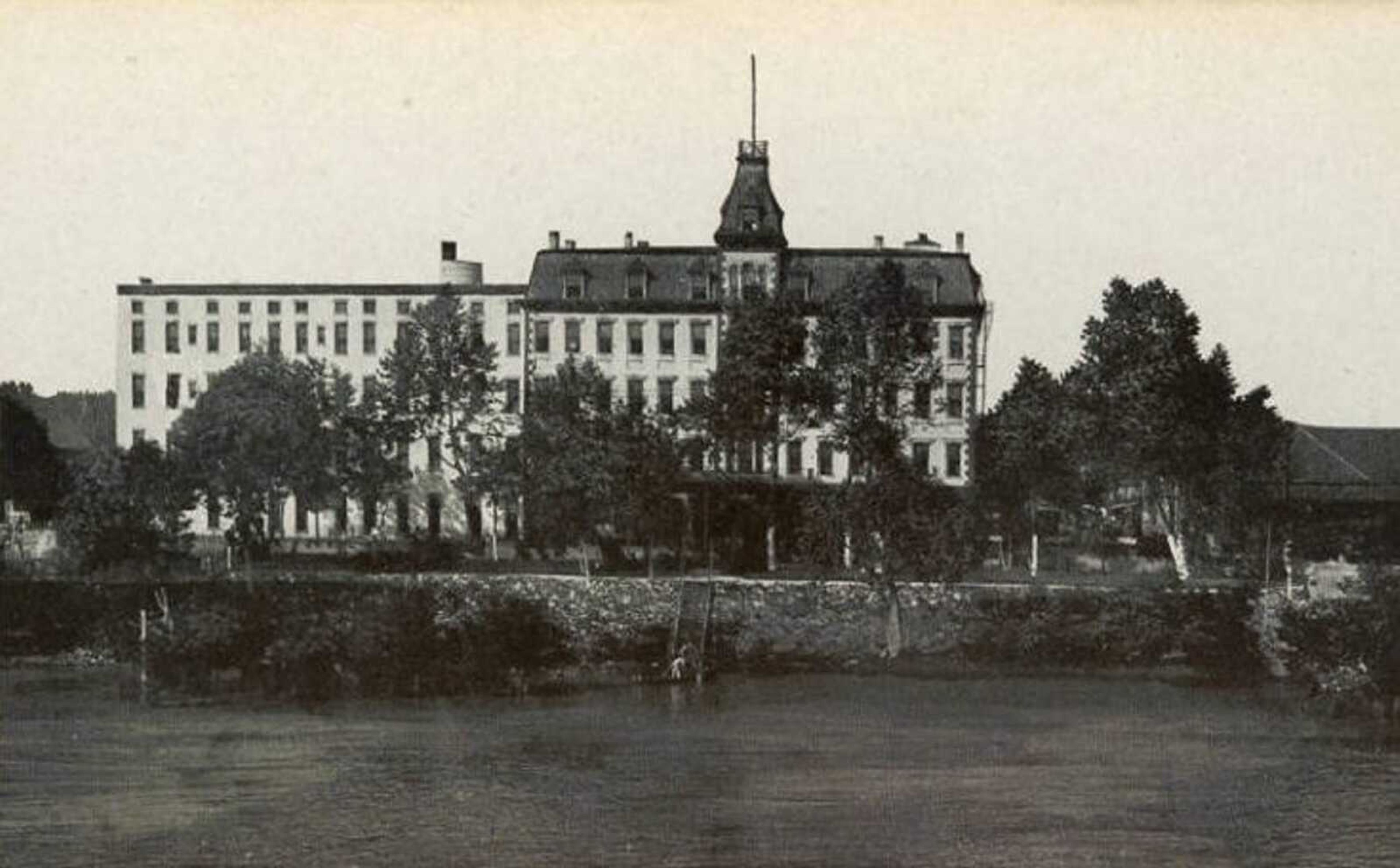Stories from the Halliday Hotel
In February 1857 the Illinois State Legislature incorporated the Cairo City Hotel Company with 14 incorporators. Work soon began on a hotel, but in June 1858 a flood caused one of the foundation walls to collapse. As soon as the water receded work began again, and the hotel was completed in January 1859, opening under the name St. ...
In February 1857 the Illinois State Legislature incorporated the Cairo City Hotel Company with 14 incorporators. Work soon began on a hotel, but in June 1858 a flood caused one of the foundation walls to collapse. As soon as the water receded work began again, and the hotel was completed in January 1859, opening under the name St. Charles Hotel. It was located on the southwest corner of Second and Ohio streets, giving it a commanding view of the Ohio River and Fort Defiance. The name of the hotel changed a number of times, until the Halliday Brothers bought it in 1880, did a massive renovation and re-opened the hotel in 1881 under the name The Halliday. Other improvements continued to be made, and in 1908 a large addition was built, almost doubling the hotel's capacity.
William Parker Halliday and his brother, Samuel, arrived in Cairo in 1860. William had an entrepreneur's heart, believing Cairo had great potential for business opportunities. Three other brothers arrived after the Civil War. The youngest brother, Thomas, was prominent in politics, while William -- better known as "Captain" -- was prominent in financial business ventures in Southern Illinois. William Halliday's estate was estimated to be $3 to $4 million at the time of his death in 1899, and The Halliday was part of his estate. The hotel passed through several other owners before the final owners, Abe Solomon and Ben Fishel of Cairo, bought it at a tax sale for $18,000. The hotel burned Feb. 22, 1943, bringing to an end its storied life.
The 85-year-old building had many stories to tell. The five-story hotel boasted 155 rooms, and travelers from all over the world were said to have stayed there. One postcard of the hotel had a statement, "the host of the nation since 1858", printed on it. From the fall of 1861 to the spring of 1862, Gen. U.S. Grant used the hotel as his headquarters, staying in room 215. When Grant left the St. Charles, his room was maintained the way he left it. The bar on the ground floor, where much public activity took place during the Civil War, was named "General Grant's Bar".
In the summer of 1998, city workers were repairing a sidewalk on Ohio street, when they discovered a tunnel. Many river towns have stories of tunnels running from buildings to rivers, especially on the north side of the Ohio River. Many stories exist of the underground railroad having tunnels for escaped slaves to hide while seeking passage north to freedom. Other stories such as storage for munitions during the Civil War or dreary cells to keep prisoners exist. It appears the tunnel uncovered by the workers did run from the Ohio River back to the location of the Halliday Hotel, which lends itself to the above stories. There are two sad truths about the stories surrounding this tunnel. One is, tunnels are useless during high water and, unfortunately, none of the stories above can be validated.
Connect with the Southeast Missourian Newsroom:
For corrections to this story or other insights for the editor, click here. To submit a letter to the editor, click here. To learn about the Southeast Missourian’s AI Policy, click here.










